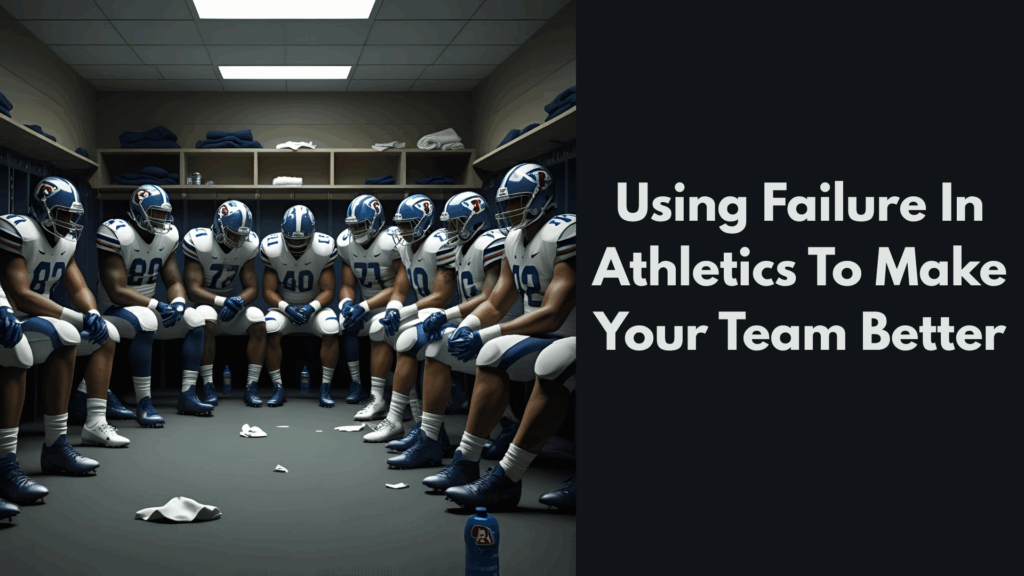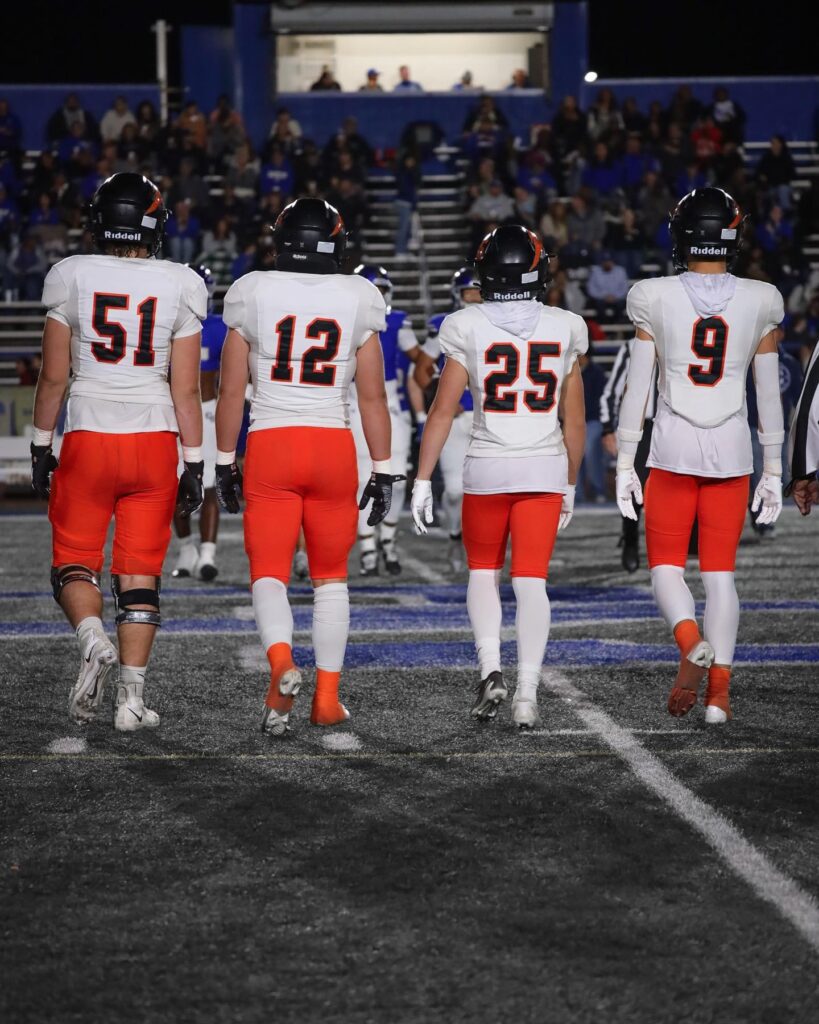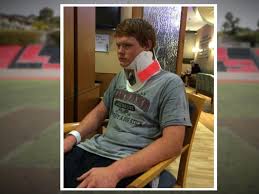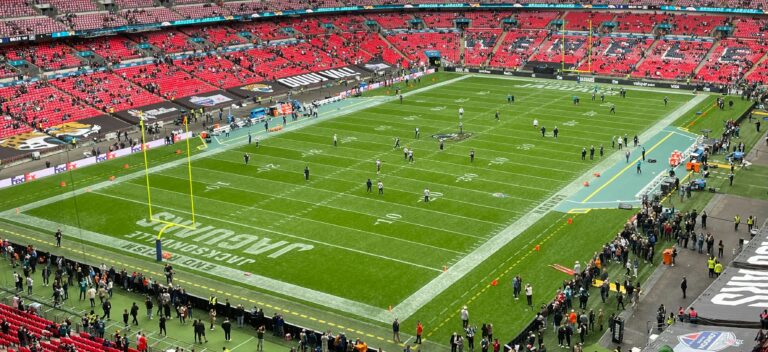
In athletics, failure is not the opposite of success—it’s a stepping stone to it. By embracing the mindset of “yet” and leveraging setbacks as opportunities for growth, coaches and athletes can transform their teams into resilient, collaborative, and high-performing units. The phrase “I can’t solve this problem yet” embodies this approach, emphasizing that challenges are temporary and surmountable with effort and learning. Here’s how to use failure to strengthen your team.
Focus on Effort, Not Outcome
Winning feels great, but tying a team’s identity solely to outcomes can stifle growth. Instead, praise effort, focus, and perseverance. When a player hustles to recover a loose ball or persists through a tough practice, celebrate those moments. This reinforces that hard work is valuable, regardless of the scoreboard. For example, when a basketball player misses a free throw, commend their form and concentration rather than the miss. This shifts the focus to controllable actions, fostering a culture where athletes value growth over instant success.
Normalize Mistakes as Learning
Mistakes are inevitable in sports, but they’re also rich with lessons. Normalize errors by asking, “What did you learn from your mistake?” After a soccer player misplaces a pass, encourage them to reflect: Was it a timing issue? A lack of awareness? This turns failures into data points for improvement. By framing mistakes as part of the learning process, athletes become less afraid to take risks, knowing that growth comes from trial and error.

Treat the Brain as a Muscle
Like muscles, brains grow stronger with challenge. Encourage athletes to tackle difficult tasks, such as mastering a new play or improving a weak skill. Explain that struggling with a complex drill is a sign their brain is adapting and strengthening. For instance, a runner struggling with interval training might hear, “Your brain and body are getting stronger every time you push through.” This mindset empowers athletes to embrace challenges rather than avoid them, knowing effort builds capacity.
Set Process-Based Goals
Outcome goals like “win the game” are tempting but can overshadow improvement. Instead, set process-based goals that focus on steps toward mastery. For free-throw shooting, a goal might be “maintain consistent elbow alignment for 50 shots.” These goals keep athletes focused on actionable improvements, making failure less daunting. When progress is measured by effort and technique, every practice becomes a chance to succeed, regardless of the game’s result.
Foster Curiosity and Questions
A curious team is a learning team. Encourage athletes to ask questions like, “How can I improve my footwork?” or “Why did that strategy fail?” This sparks excitement for learning and keeps athletes engaged. Create space for wonder during film reviews or drills, inviting players to explore what went wrong and why. Curiosity transforms failure from a dead end into a puzzle to solve collaboratively.
Use Reflection to Solidify Learning
Reflection builds self-awareness, helping athletes monitor and adjust their approaches. After a game, ask questions like, “What worked well today?” or “What can we tweak next time?” This habit helps players internalize lessons from failures, turning setbacks into growth opportunities. For example, a volleyball player who missed a serve might reflect and realize they rushed their toss, leading to a focused adjustment in practice.
Encourage Peer Learning and Collaboration
Athletics thrives on teamwork, and so does learning. Foster a supportive environment where athletes share insights and learn from each other’s failures. Pair veterans with rookies during drills or encourage players to discuss what they learned from a tough loss. This collaborative approach makes learning a shared journey, reducing the sting of individual setbacks and building team cohesion.
Celebrate Effort and Progress Regularly
Keep motivation high by celebrating effort and progress, not just wins. Acknowledge milestones like a player improving their sprint time or a team executing a new play. These moments reinforce that growth is worth celebrating, keeping athletes inspired to push through challenges.
Handle Hard Well
Finally, teach athletes to “handle hard well.” Failure in athletics—missed shots, lost games, or grueling practices—is tough, but it’s also where growth happens. By embracing the power of “yet,” focusing on effort, and treating failures as learning opportunities, teams can turn setbacks into strengths, building resilience and unity that elevate performance far beyond the scoreboard.
Chris Fore, a Southern California Principal, is a veteran Administrator, Athletic Director, and Head Football Coach. He authored four books and coaching manuals (EightLaces.org). Both schools where he served as Athletic Director set school records for championships won in a single school year, and were recognized for both sportsmanship and academic excellence. Holding a Master’s in Coaching and Athletic Administration, Fore is a Certified Athletic Administrator and past President of the California Coaches Association (2018–2021). A speaker and expert witness, he contributes to sports publications and media. Go Padres! Follow him on X!


